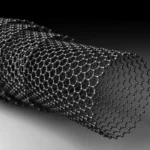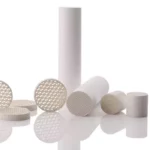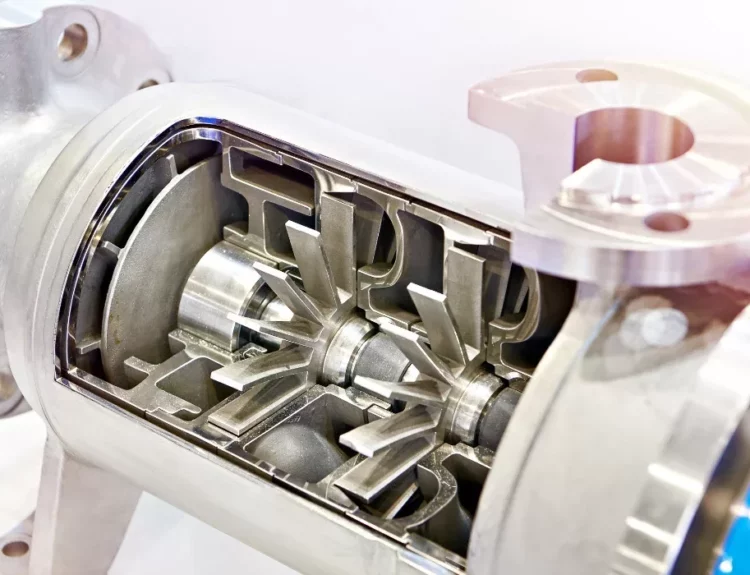Quartz glass plates, a unique type of glass crafted from pure quartz crystals, possess extraordinary properties that make them a prized asset in scientific research and industry. This article is written to straightforwardly unravel these fascinating plates’ myriad scientific applications.
What is Quartz Glass?
Quartz glass, also known as fused silica, is made by melting natural quartz crystals at high temperatures. This process results in a glass that is highly pure and has several remarkable properties:
- High Transparency: Quartz glass is clear and allows light to pass through with minimal distortion.
- Heat Resistance: It can withstand very high temperatures without melting or deforming.
- Chemical Resistance: It does not react with most chemicals, making it very stable.
- Low Thermal Expansion: Quartz glass does not expand much when heated, maintaining its shape and size.
Manufacturer and Supplier of Quartz Glass Plate
Scientific Uses of Quartz Glass Plates
1. Optics and Photonics:
- Lenses and Prisms: Quartz glass plates are used to make lenses and prisms for high-precision optical instruments because of their clarity and stability.
- UV Light Transmission: They are excellent at transmitting ultraviolet (UV) light, making them ideal for UV spectroscopy and other applications.
2. Laboratory Equipment:
- Windows and Covers: Quartz glass plates are used as windows in high-temperature furnaces and as covers for samples that need to be viewed or illuminated under specific conditions.
- Crucibles and Dishes: In chemistry and materials science, quartz crucibles and dishes heat substances to high temperatures without contamination.
3. Semiconductor Industry:
- Photomasks: Quartz glass plates are used to create photomasks, which are templates for patterning semiconductor wafers in the production of microchips.
- Wafer Carriers: Quartz plates hold and transport semiconductor wafers during various manufacturing stages because they are chemically inert and can resist the high temperatures involved in the process.
4. Astronomy and Space Exploration:
- Telescope Mirrors: Large quartz glass plates make mirrors for telescopes, especially those that observe ultraviolet and infrared light from distant stars and galaxies.
- Spacecraft Windows: Due to their durability and resistance to extreme temperatures, quartz glass plates are used for windows and other components in spacecraft.
5. Medical and Biological Research:
- Microscope Slides: Quartz glass plates are used as slides in high-resolution microscopy, where clear, distortion-free images are crucial.
- Cell Culture: They are used in cell culture experiments because they are non-reactive and can be sterilized easily.
6. Laser Technology:
- Laser Cavities: Quartz glass plates are used to construct laser cavities, which can handle high-intensity light without degrading.
- Beam Splitters: They are also used as beam splitters in laser systems, dividing a beam of light into two paths for various applications.
Conclusion
Quartz glass plates’ exceptional properties, such as high transparency, heat resistance, and chemical stability, are indispensable in scientific research and industry. They are the unsung heroes behind the advancements in optics, laboratory equipment, semiconductor manufacturing, astronomy, medical research, and laser technology. These plates empower scientists and engineers to conduct experiments and develop devices that were once deemed impossible with conventional glass, paving the way for development in different fields of science and technology.







